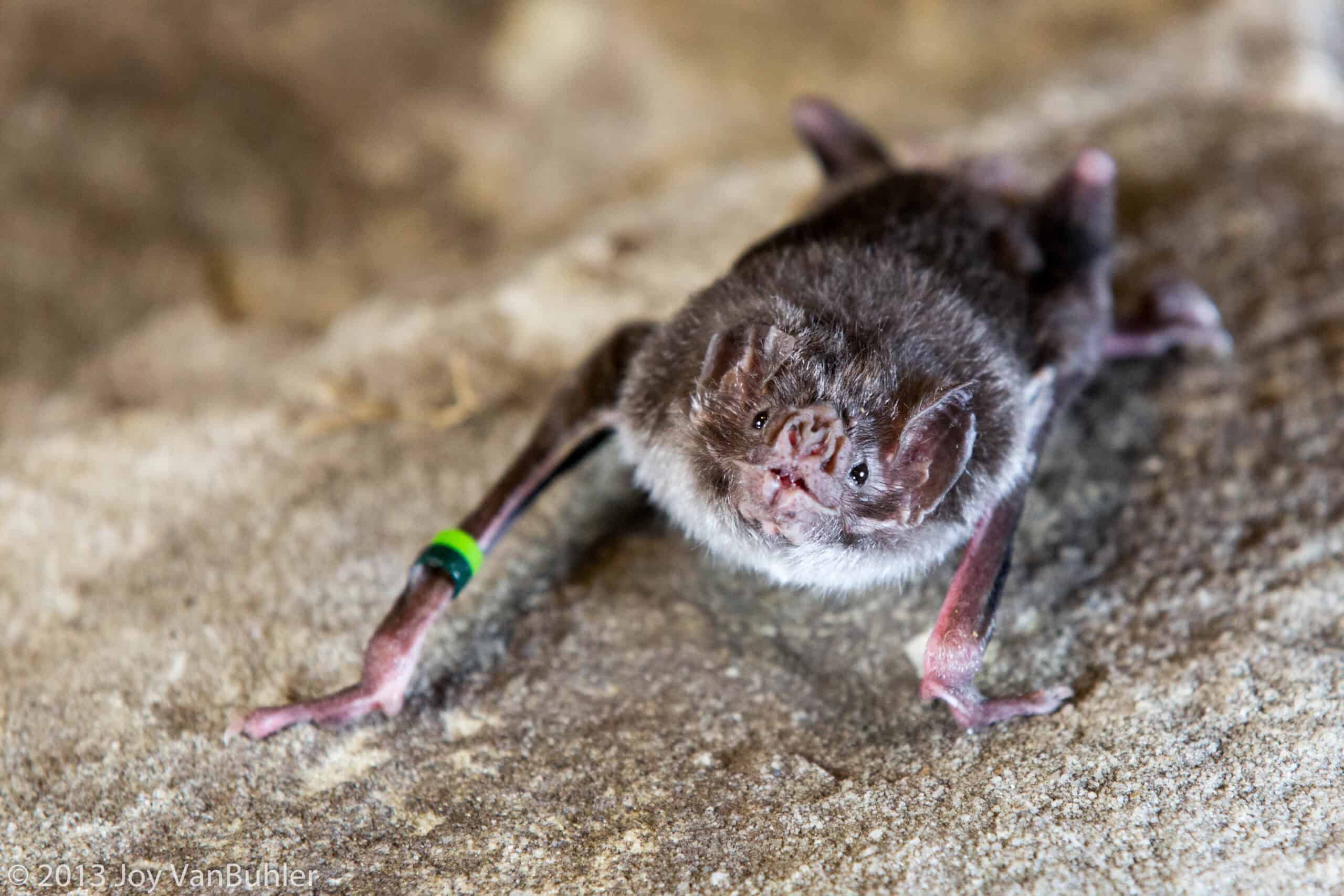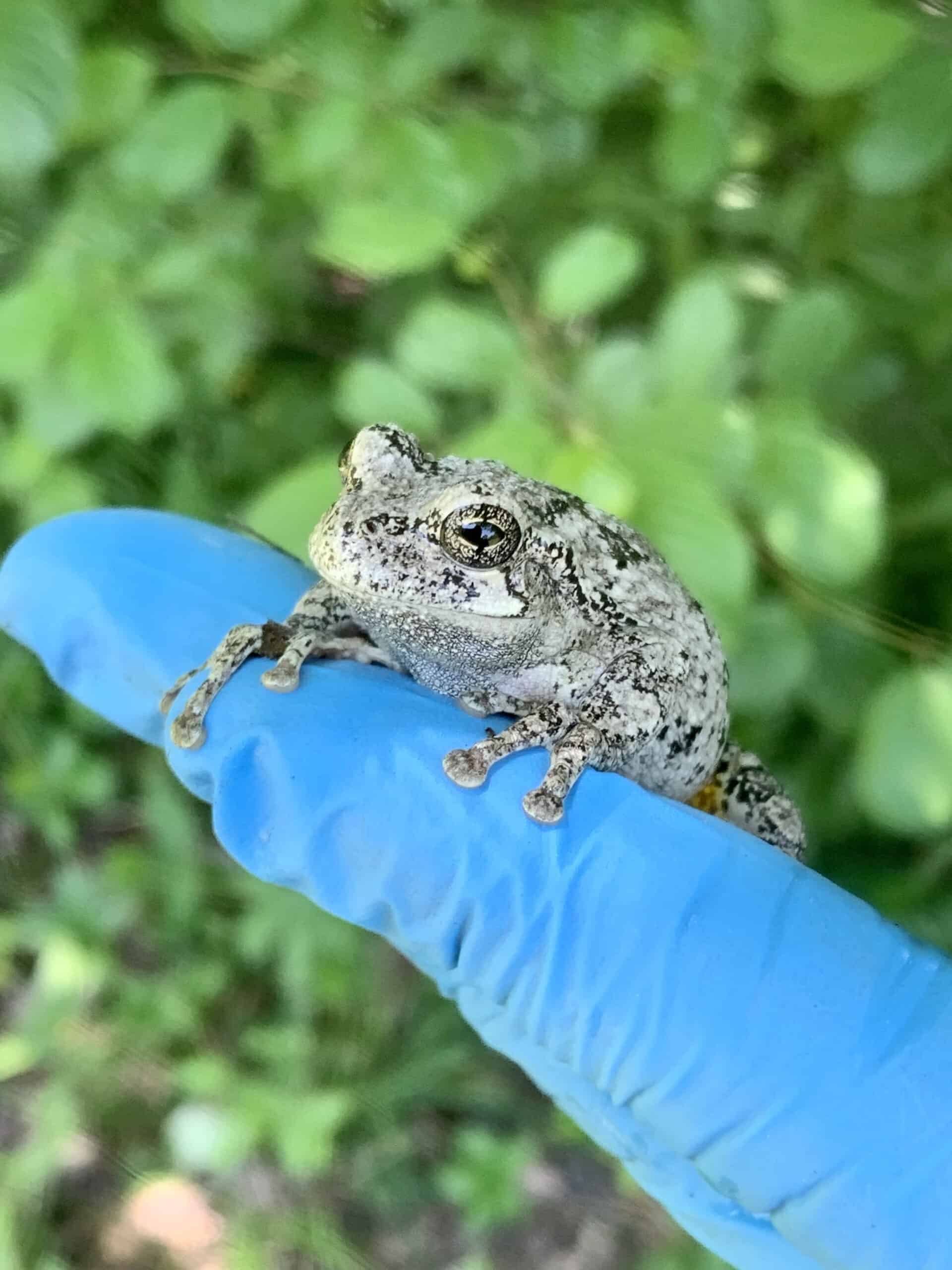Share this article
TWS Issue Statement: Impacts of Wind Energy Development on Wildlife and Wildlife Habitat
Back to Position Statements page
Wind energy is an increasingly important sector of the renewable energy industry and offers promise for contributing to renewable energy portfolios to reduce greenhouse gas emissions from carbon-based sources, which contribute to accelerating climate change. Worldwide, development of wind energy is projected to increase substantially in the next decade; wind energy development increased 27% in 2006 and 45% in 2007 in the U.S. alone. Unfortunately, fatalities of birds and bats have been reported at wind energy facilities worldwide. Large numbers of raptor kills in California and bat kills in the eastern U.S. have heightened concerns for some species and sites. Impacts resulting from loss of habitat for wildlife due to construction of turbines, access roads, and power transmission networks, the footprint of the turbine facilities, and increased human access are important and should be considered. Ultimately, the greatest influence from habitat modification on wildlife may be due to disturbance of habitats in proximity to turbines and fragmentation of habitat for wide ranging species.
There is limited information upon which to base decisions in regard to wind energy development and wildlife. Most research conducted in association with wind development is short-term and with little follow-up to determine if predictions from research are accurate. Baseline or systematically collected data against which to compare studies of particular sites proposed for development is lacking. More consistent, longer-term pre- and post-construction studies are needed to further elucidate patterns of bird and bat fatality and test hypotheses regarding possible solutions and efficacy of mitigation measures. Use of standardized protocols to address specific questions would greatly improve comparability of studies and credibility of efforts. Consistency across data collection efforts, post-construction evaluations, and access to resulting data are critical for conducting meta-analyses so that statistically significant effects, even if they are small, can be detected.
The magnitude of impacts from wind energy development on wildlife is inconsistently articulated to managers, decision makers, and the public. A lack of transparency related to data collection and inadequate dissemination of findings hinders progress toward developing solutions.
Given the projected increasing development of wind energy, biologically significant cumulative impacts are possible for some species and may become more pronounced over time unless solutions are found. Avoiding, minimizing, and mitigating harmful impacts to wildlife are important elements of “green energy” and it is imperative that developers of wind energy, scientists, and natural resource agency specialists cooperate in developing and testing methods to minimize harm to wildlife.
The policy of The Wildlife Society, in regard to wind energy development is to:
- Encourage greater coordination among states and provinces and their agencies responsible for wildlife and energy development to ensure consistency in permitting requirements, monitoring and research efforts, and acceptable mitigation, especially for migratory wildlife.
- Encourage development and consistent implementation of guidelines for siting, monitoring, and mitigation strategies among states, provinces, and federal agencies that establish standards for conducting site-specific, scientifically sound and consistent pre- and post-construction evaluations, using comparable methods as much as is feasible, depending on site characteristics.
- Advocate for the inclusion of guidelines in the permitting process to further strengthen agency participation and implementation of guidelines.
- Advocate for the avoidance of siting wind facilities in high-risk areas that are determined based on the best science available.
- Encourage implementation of on- and off-site habitat mitigation to reduce habitat-related impacts.
- Encourage priority research that is properly designed and conducted to ensure unbiased data collection that meets peer review and legal standards.
- Encourage more consistent, longer-term studies that utilize standardized protocols to address specific questions and improve comparability of studies and credibility of efforts.
- Encourage publication of research results.
- Encourage regional assessments and forecasting of cumulative land-use and impacts from all sources of energy development, and development of regional conservation strategies among industries, agencies, and private landowners to reduce conflicts and increase options for mitigation and conservation.
- Educate the public and decision-makers about the natural resources implications of different forms of energy production and encourage efforts to conserve energy
- Advocate that decision-makers address impacts of wind energy development on wildlife when approving wind energy projects.
- Encourage the establishment of cooperative relationships between states, provinces, and federal agencies and wind energy companies.
The Wildlife Society’s Position Statement on Energy Development and Wildlife states the Society’s support for “a transparent adaptive energy development process that includes a) scientific monitoring, b) evaluating monitoring results, and c) using monitoring and evaluation information to adjust operations to reduce negative effects to wildlife and other natural resources” (TWS 2016).
Impacts of Wind Energy Development on Wildlife and Wildlife Habitat Issue Statement pdf








